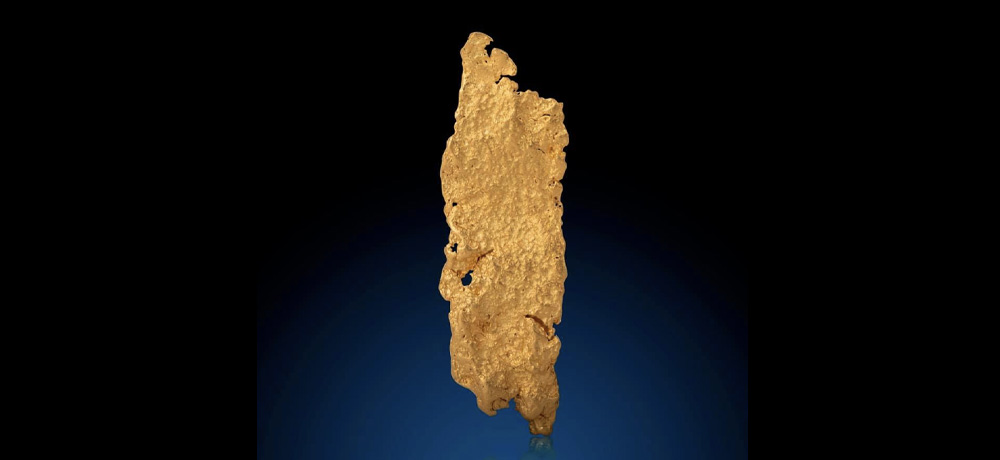
A Short Guide to the 4 Types of Gold You May Find or Buy
Prospecting can be exciting and rewarding for people looking for that next big hobby. If you are new to the world of prospecting, you may have a rough idea of how it works. It begins with a metal detector that is used to find gold in nature and dig it out. If you’re lucky, you might find a fragment or two; if you’re skilled, maybe even more.
That being said, did you know that there are different types of natural gold nuggets? If not, you are in the right place. Here are the different types of natural gold nuggets to help you quickly understand the kind of gold you may find.
-
Placer Gold
The most common type of gold you may run into is placer gold nuggets. This type of gold has been eroded from its source, showing up in various sizes such as flakes or tiny nuggets. However, this does not mean placer gold is any less valuable. High-grade placer gold is still useful and is generally used for investments and even jewellery.
-
Gold Quartz
Much rarer than placer gold, there are gold nuggets that have combined their host rock: quartz. In many cases, the quartz itself houses the crystalline gold. There are some cases where the gold may stick out of the quartz a bit. Because it is rare, gold quartz can be quite valuable.
-
Crystalline gold nuggets
When gold is found close to its source and does not have any host rock (quartz in particular) attached to it, it might be found in its original condition within another rock or mineral. This nuggets is worth many times its weight in gold and is precious among collectors. Appearance is the primary concern in pricing, with weight a close second.
-
Gold nugget crystals
Not to be confused with crystalline gold nuggets, crystallised gold nuggets are types of gold nuggets that have at least one distinct crystal structure in it. These structures can look like cubes, leaves, trigons, and so on. As long as it has a distinct structure that gives it a crystal-like shape, it can be considered crystallised. This type of gold is exceedingly scarce. Compared to other gold fragments, it is the most valuable and most expensive type that prospectors can find.
Due to its rarity, many sellers do not include the weight of the gold when selling it. It is priced according to shape and beauty rather than weight. More than anything, it is prized by collectors and investors.
Conclusion
Gold comes in all shapes and sizes. You may run into placer gold, or you may be lucky enough to run into gold crystals. Regardless, what is most important here is not the type of gold you get, but the rewarding feeling of finding gold. Whether you are a rookie or a veteran, purchasing the right equipment for the job can be the difference between heading home empty-handed and landing stunning pieces of gold nugget worth plenty of cash. Understanding the different kinds of gold in nature can also provide you with insights in pricing if you choose to buy some yourself.
Gold Nugget Shop are experienced traders of gold, specialising in premium and unique gold specimens for investors. If you are looking to buy gold in Australia, check out our products.
